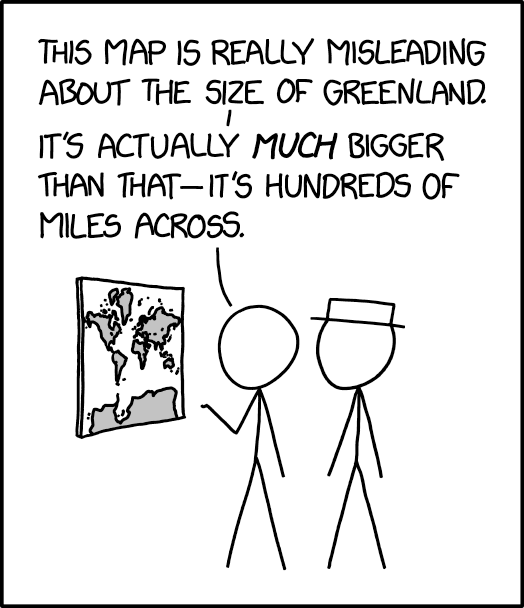Custom route creation and topographic maps are rumored to be coming to Apple Maps in the next iOS release, iOS 18. Google Maps has had custom routes since approximately forever; on Apple Maps we’ve had to choose between Apple’s generated routes without being able to edit them.
Google Maps announced updates focusing on EVs (EV charger search, nearby chargers in the in-car map, suggested charging stops, forecast energy consumption) and sustainability (lower-carbon travel options rolling out in 15 cities, estimated flight emissions). Also, Street View came to Kazakhstan last month. Meanwhile, Ben Schoon at 9to5Google says that while Google Maps on Android Auto is “a pretty solid experience,” it’s a different matter when you use Google Maps via Apple CarPlay, an experience he calls “a bit of a dumpster fire.”
Google-owned Waze announced updates last month that include roundabout assistance and notifications for the presence of emergency vehicles, speed limit changes, and things like sharp curves, speed bumps and toll booths [TechCrunch].


